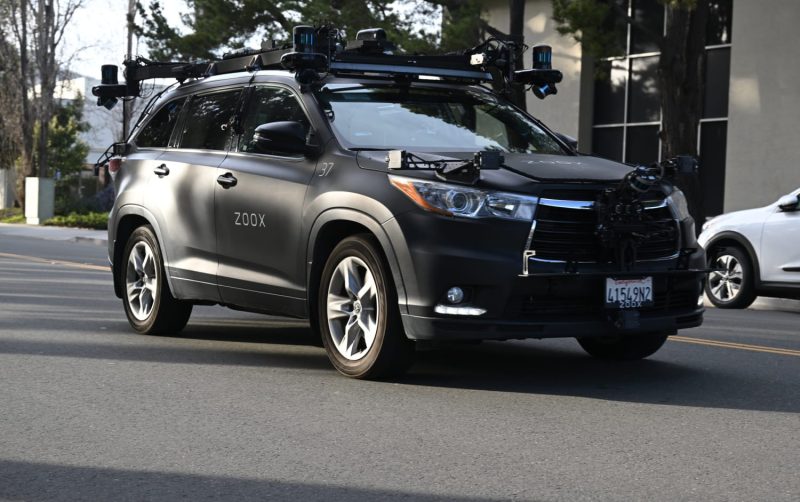
NHTSA Investigates Amazon’s Zoox Following Two Robotaxi Crashes
Amazon’s Zoox Under Investigation by NHTSA After Two Robotaxi Crashes
The National Highway Traffic Safety Administration (NHTSA) has initiated an investigation into Amazon’s self-driving car startup Zoox after two separate incidents involving robotaxis raised concerns about their safety and reliability.
The first incident, which occurred in San Francisco, involved a Zoox robotaxi colliding with a pedestrian while navigating through a busy intersection. The pedestrian sustained minor injuries, but the incident prompted NHTSA to launch an investigation into Zoox’s autonomous driving technology and safety protocols.
The second incident took place in Las Vegas, where a Zoox robotaxi unexpectedly stopped in the middle of a busy street, causing a rear-end collision with another vehicle. Fortunately, there were no injuries reported in this incident, but it raised questions about the overall functionality and reliability of Zoox’s self-driving vehicles.
NHTSA’s investigation will focus on examining the software and hardware systems used in Zoox’s autonomous vehicles to determine whether there are any defects or safety issues that need to be addressed. Additionally, the agency will evaluate Zoox’s safety protocols and procedures to ensure that their self-driving cars comply with federal safety standards and regulations.
The incidents involving Zoox’s robotaxis have highlighted the complexities and challenges associated with autonomous driving technology. While self-driving cars hold the promise of reducing human error and improving road safety, they must undergo rigorous testing and validation to ensure that they can operate reliably in real-world scenarios.
Amazon’s acquisition of Zoox in 2020 signaled its ambitious foray into the autonomous vehicle market, with the e-commerce giant aiming to leverage self-driving technology for last-mile delivery and logistics operations. However, the recent crashes have cast a shadow over Zoox’s autonomous driving capabilities and raised doubts about their readiness for widespread deployment.
As the NHTSA investigation unfolds, stakeholders in the autonomous vehicle industry will be closely watching to see how Zoox addresses the safety concerns identified by the regulatory agency. The outcome of the investigation could have far-reaching implications for the development and adoption of self-driving cars, influencing the regulatory environment and public perception of autonomous vehicles.
In conclusion, the incidents involving Zoox’s robotaxis serve as a sobering reminder of the challenges and risks associated with self-driving technology. While the potential benefits of autonomous vehicles are significant, ensuring their safety and reliability remains a critical focus for industry players and regulatory authorities alike. The NHTSA investigation into Zoox will shed light on the current state of autonomous driving technology and set a precedent for how safety standards are enforced in the rapidly evolving world of self-driving cars.
